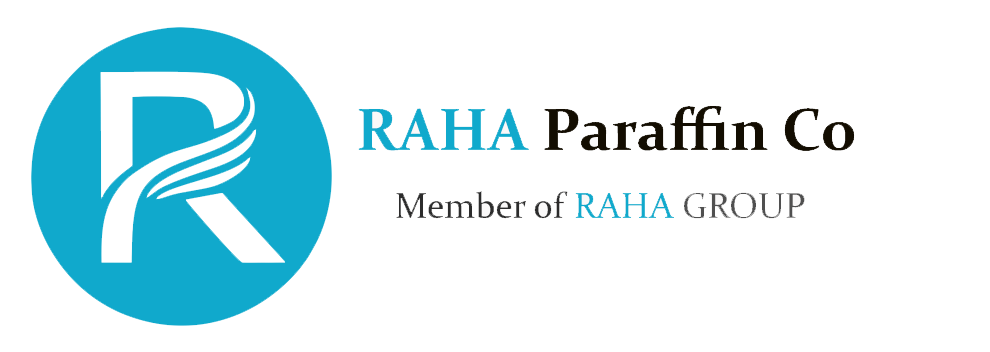Paraffin Degreasing
Excessive amounts of grease may interfere with uniform penetration of tan or dye, show difficulties or greasy patches in the finished leather.
Degreasing is particularly important before chrome tannage, where chrome salts can react with some greases to produce chrome soaps.
In the case of paraffin greasing, well drained pickled skins are drummed with half their weight of paraffin(for 1-2 hrs). The paraffin loosens the grease. A small amount of wetting agent may be added to the paraffin ( 5 % non ionic wetting agent). At the end the greasy paraffin is drained off. A considerable amount is held by the skin and may be removed by squeezing process(expensive). It is more usuall to wash the skins in a drum with a 5 % salt solution at 27°C for approx.30 minutes. Salt solution must be used as water alone would result in acid swelling. This washing is repeated until wash solution remains clear. Many skin greases or fats are semi-solid cold (15°C) and even at the maximum temperature of 38°C permissible on raw skins to avoid heat damage or shrinkages, such fats or greases are still only melted to a viscous pasty mass (particularly if they contain water in oil emulsion). By light pretannage of the skins with 1 % formalin in short float, enough to raise shrinkage temperature by 10°C, the skins can be safely treated at temperature 45°C when these pasty fats are quite fluid and easily emulsified.
Dry degreasing process
This is done on dry tanned leather and consist of treating the leather with fat or grease solvents such as white spirits (inflammable) or chlorinated hydrocarbons (non-inflammable but toxic) such as trichloroethylene or perchloroethylene.

